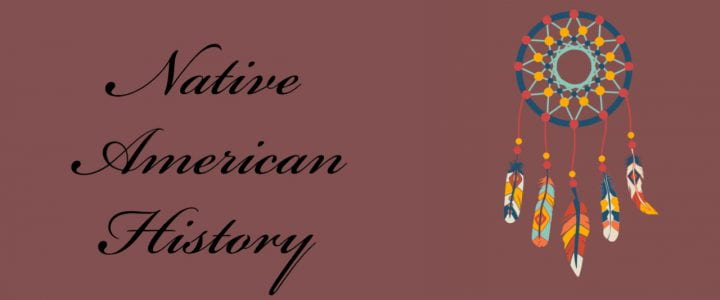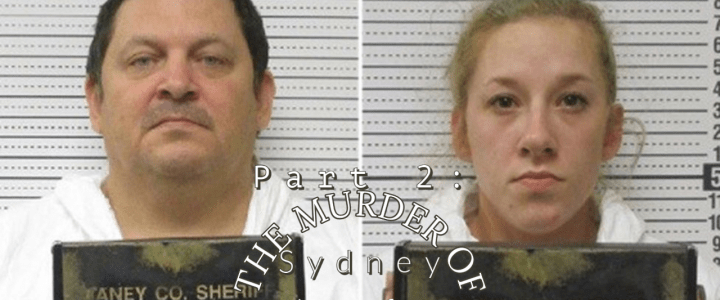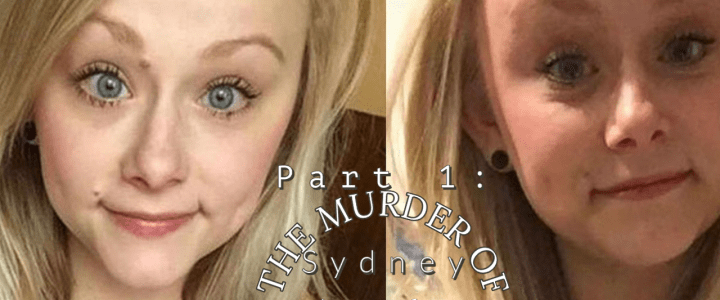When people think of November, a few things come to mind. The very first thing that most people might think of is Thanksgiving, Black Friday, and Cyber Monday. Other things that could be thought of is, no shave November to spread cancer awareness, national novel writing month, and maybe even peanut butter lovers month. There are some important dates and events in November that are less celebrated. For example, November is also Native American heritage month, adoption awareness month, and child safety and protection month. One of the more popular and well-known events that November is known for is Native American heritage month. In celebration of Native American heritage month, it is important to know their history as well as their culture.
A Brief Look at Native American History
Most historians suspect that Native American peoples first arrived in the country around 12,000 B.C.E. Native American people had many different customs and languages among different tribes. The amount of different tribal nations and the number of nations in Europe, Asia, and Africa at the time is estimated to be around the same number. Some cities were also around the same size. Around the end of the ice age, Indigenous people had become very skilled farmers and grew several crops. In 5,500 B.C.E., tribes in Mexico farmed corn and squash, raised llamas, guinea pigs, and turkeys, and they hunted deer and bison. They regularly burned certain patches of land to mark where the pasture was, and the animals would come and graze. Most coastal tribes hunted from boats and caught sea animals, mostly fish, using various efficient methods. In the years after 2,000 B.C.E., some tribes started to develop state boundaries. The tribes also established trade and trade routes, they transported supplies by cargo rafts and other boats, and in South America, llamas were used for the transportation of goods. In some places, territory and government lands were marked by mounds of earth. Most of these mounds were flat on the top, and some even had palaces, temples, or burial sites for past respected leaders.
Next in Native American history is perhaps the most known among school children and other people, it’s 1492, and Cristopher Columbus has arrived in the Americas. The Europeans brought with them diseases like measles and smallpox that spread quickly, wiping out most of the population of cities at a time. The invaders colonized land as the population of Europeans started to overpower the population of Native peoples. This resulted in battles over the land in which the colonizers had the advantage. Europeans had three main advantages one, they were immune to the diseases that the Native Americans were affected by as they had brought them there. Two, the colonizers had more advanced weaponry than the Native peoples. Three, more descendants of European colonizers meant more settlements that needed building. The population of white Americans soon outnumbered the number of Indigenous people. The colonizers forced Native American peoples out of their land, and many people profited off of Indigenous people. The Europeans threatened Native Americans’ way of life and their culture.
The Trail of Tears
The Trail of Tears was a very significant part of Native American history. At the start of the 1830s, around 125,000 Native Americans lived in Georgia, Tennessee, Alabama, North Carolina, and Florida. By the end of the 1830s, there were very few Indigenous people living in the South Eastern United States. European settlers wanted the Native people’s land to grow cotton. So, the U.S. government forced Native citizens living on that land to walk hundreds of miles across the Mississippi River to “Indian Territory”. One leader of one of the Native American tribes described the walk as “a trail of tears and death.” from which the trail gets its name.
The walk was more than 5,043 miles long and stretched across nine different states. Those nine states are Alabama, Illinois, Kentucky, Missouri, Oklahoma, Tennessee, Arkansas, Georgia, and North Carolina. The government often agreed to the movement and even enforced the effort.
In 1830, president Andrew Jackson, a long-time supporter of the act, signed the “Indian Removal Act”. This made it so that the U.S. government could tell Native Peoples to go from the land east of the Mississippi River where they lived to the land west of it. This land was called the “Indian Colonization Zone”. The act also enforced that Native Americans could choose to do this and wouldn’t be forced to go west. This rule, of course, was completely ignored in 1831. In winter of that year, the Choctaw people were forced to walk the trail of tears, chained up, in double file.
The removal of Indigenous peoples continued in later years. In 1836, the Creeks left to the west. 15,000 people left, and only 11,500 Creek people reached the final destination. By 1838, 2,000 Cherokee people had left, so Winfield Scott was sent along with 7,000 soldiers to get the rest and move them west. Scott and his men then forced Cherokee people into an enclosed area at Bayonet Point as if they were animals. After that work was done, they were marched over 1,200 miles to an “Indian Colonization Zone”. It is estimated that more than 5,000 of them died of Cholera, Dysentery, Typhus, Whooping cough, and starvation.
By the year 1840, tens of thousands of Native people had walked the trail. The U.S. government promised their land would go undamaged and untouched by non-native people however, that promise was very soon broken. White settlers took over more and more land until 1907 when Oklahoma was made an official state. Their territory was finally gone.
“The Indian Problem”
Since the very start of this country, American officials like the first president of the U.S., George Washington, wanted to “civilize” Native Americans. This brought what was referred to as “The Indian Problem”. The overall goal of “The Indian Problem” was to make Native Americans as much as White Americans as possible. This involved converting them to Christianity, teaching them about traditional economic practices such as owning land and property, which sometimes meant owning slaves. European settlers also sought to teach Indigenous people to learn how to read and write in English. This later lead to several Native languages being extinct or endangered languages. In the South Eastern United States, there were people of some tribes that accepted “The Indian Problem”. The tribes were Cherokee, Chickasaw, Choctaw, Creek, and Seminole, and they were considered the “5 Civilized Tribes”.
Colonizers wanted the Native American’s land as the land was valuable, and they could profit off of it by growing cotton in the areas. The Indigenous residents would not give up the land, so the European settlers took the land by force, which resorted to violence. The European settlers stole property, squatted on Native land, burned down and looted entire houses and cities, and sometimes even committed mass murders for the land.
What is Happening Today?
Today, Native American people are still oppressed, and many Indigenous people have been reported missing, but we, as a country, have come a long way. The population of Native people is rising, and Native leaders are also fighting for their rights in politics and other areas. Their culture and traditions are also being more respected and recognized as concern and awareness of human rights are being more seen. We still have a long way to go until Indigenous people are treated like human beings, but we can start by spreading awareness and accepting Native American people as people because that is what they are.



